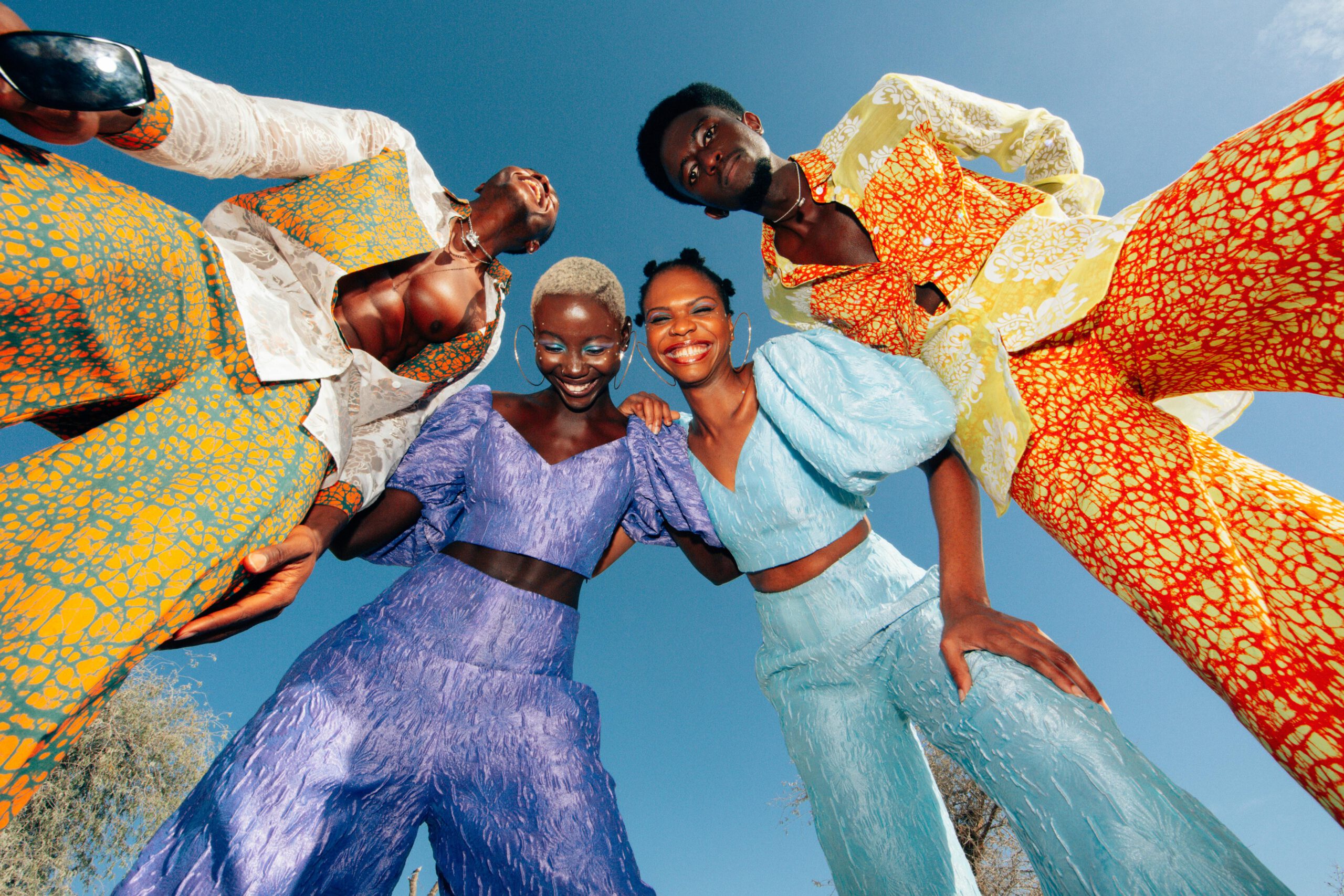Swahili culture, which flourishes along the East African coast, is a vibrant and dynamic blend of African, Arab, Persian, and Indian influences. Spanning from southern Somalia to northern Mozambique, and including the islands of Zanzibar, Lamu, and Pemba, this unique culture has been shaped by centuries of trade, migration, and interaction among diverse communities. This article explores the origins, language, architecture, literature, and music that define Swahili culture, providing a comprehensive overview of its historical development and cultural significance.
Origins
The formation of Swahili culture is deeply rooted in the historical interactions between coastal East Africa and foreign traders.
Early Settlements and Trade
Swahili culture began to take shape around the 1st century CE, with the establishment of early settlements by Bantu-speaking people along the East African coast. These communities engaged in trade with Arab, Persian, Indian, and later European merchants who visited the region via the Indian Ocean trade routes.
Cultural Synthesis
The Swahili coast became a melting pot of cultures as a result of this extensive trade. Arab and Persian merchants established trading posts and intermarried with local populations, blending their customs, languages, and religions with indigenous practices. This cultural synthesis gave rise to the Swahili identity, characterized by a unique fusion of African and foreign elements.
Language
Kiswahili, the language of the Swahili people, is a testament to the region’s multicultural heritage.
Development and Spread of Kiswahili
Kiswahili originated as a Bantu language but has incorporated significant loanwords from Arabic, Persian, Portuguese, and Hindi, reflecting the diverse influences on Swahili culture. It became the lingua franca of trade along the East African coast and facilitated communication among people of different linguistic backgrounds.
Modern Significance
Today, Kiswahili is one of the most widely spoken languages in Africa and serves as an official language in several East African countries, including Kenya, Tanzania, and Uganda. Its role in fostering regional unity and cultural identity remains vital.
Architecture
Swahili architecture is renowned for its distinctive coral stone buildings and the influence of Omani design.
Coral Stone Buildings
The use of coral stone in construction is a hallmark of Swahili architecture. This durable material, abundant along the coast, allowed for the creation of intricate and enduring structures. Notable examples include:
- Fort Jesus in Mombasa: Built by the Portuguese in the late 16th century, this fort showcases the use of coral stone and has served various military purposes over the centuries.
- Stone Town in Zanzibar: A UNESCO World Heritage Site, Stone Town features a maze of narrow streets lined with coral stone buildings, elaborately carved wooden doors, and verandas.
Omani Influence
The Omani Arabs, who controlled parts of the Swahili coast from the 17th to the 19th centuries, left a significant architectural legacy. Their influence is evident in the design of mosques, palaces, and residential buildings, characterized by large courtyards, arched doorways, and decorative plasterwork.
Literature and Music
Swahili literature and music are rich cultural expressions that reflect the region’s diverse heritage.
Swahili Poetry
Swahili poetry, or “utendi,” has a long and storied tradition. It is often written in Kiswahili and employs intricate rhyme schemes and meters. Themes range from historical events and religious devotion to social commentary and personal reflection. Notable works include:
- “Utendi wa Tambuka”: An epic poem recounting the story of the Battle of Tabuk, blending historical and mythological elements.
- “Al-Inkishafi”: A reflective poem lamenting the decline of the Swahili city-states.
Taarab Music
Taarab music, a popular genre along the Swahili coast, blends African, Arab, and Indian musical elements. It features melodic and rhythmic intricacies, often accompanied by instruments such as the oud, qanun, and violin. Taarab performances are integral to social gatherings and celebrations, with lyrics that address love, social issues, and daily life.
Conclusion
Swahili culture is a vibrant and enduring testament to the historical interactions and cultural exchanges that have shaped the East African coast. Its origins, language, architecture, literature, and music reflect a unique blend of African, Arab, Persian, and Indian influences, creating a rich cultural tapestry that continues to thrive. Understanding and appreciating Swahili culture provides valuable insights into the region’s history and its ongoing contributions to global cultural heritage.
Resources
For those interested in learning more about Swahili culture, the following resources provide in-depth insights:
- “Swahili Origins: Swahili Culture & the Shungwaya Phenomenon” by James de Vere Allen: This book explores the historical and cultural development of Swahili culture, offering a detailed examination of its origins and influences.
- National Museums of Kenya on Swahili culture: The museums provide valuable information and exhibits on the history, art, and cultural practices of the Swahili people.
By exploring these resources and engaging with Swahili culture firsthand, one can gain a deeper appreciation of the rich heritage and enduring legacy of the Swahili coast.

